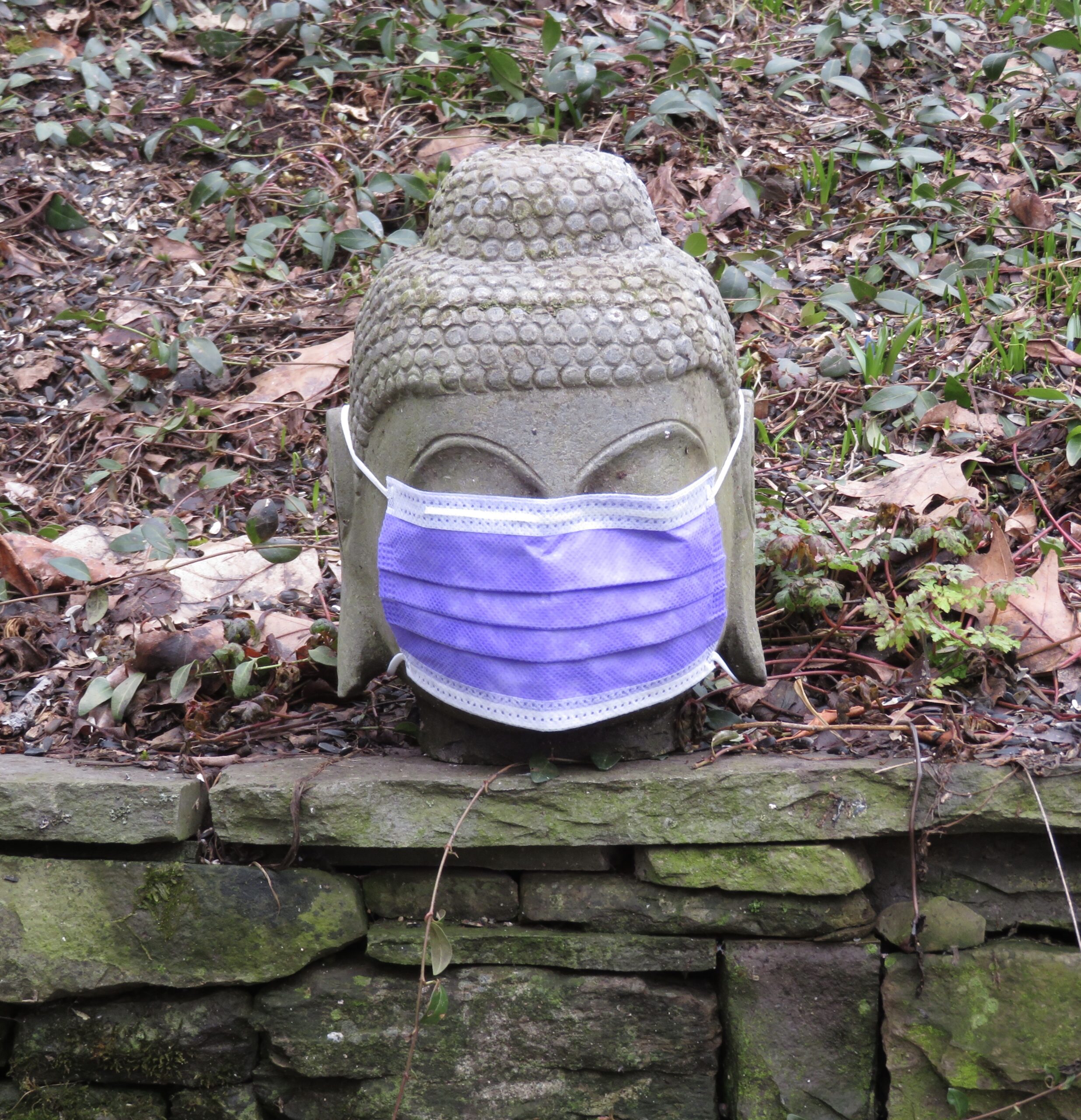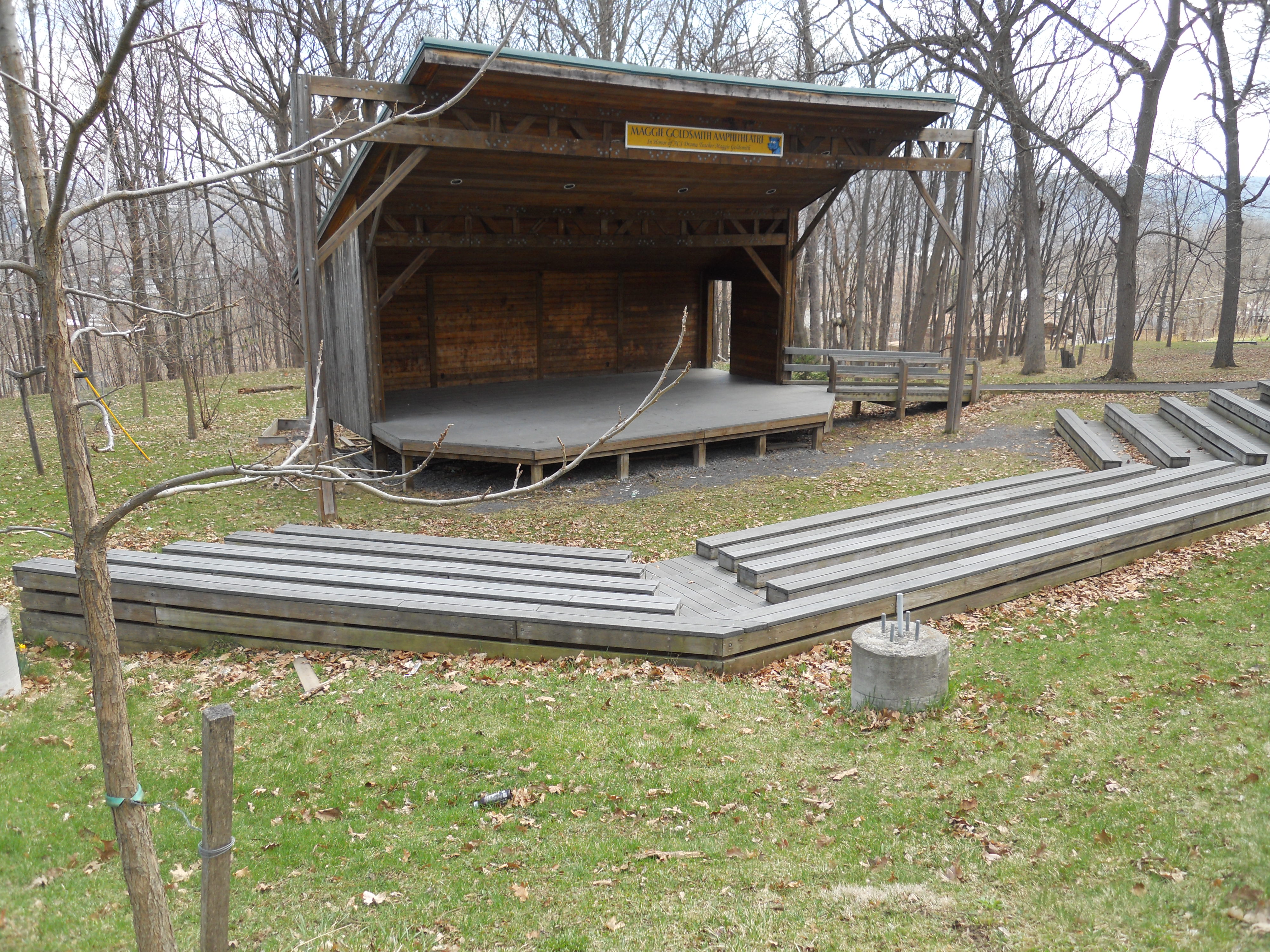What can wearing a COVID-mask teach us about ourselves and how we look at others? After almost two years of living in a pandemic, we could benefit by thinking not only about how wearing a mask can protect others from us, or us from a deadly disease, but about what mask wearing can teach us about ourselves, and relating to others.
We use the word person to refer to what we are and say we have a personality. The root word here is Latin, persona, meaning a social role, image, or a theatrical mask or appearance we wear in public. Psychologist Carl Jung used the term to mean the social face we present to others, a mask or image we create, or way to hide elements of ourselves. So, in a way we were the masked species even before the pandemic.
From antiquity, masks have been an important element of possibly all cultures. Most staged dramas began with performers wearing masks. In Ancient Greece, for example, the legendary poet, Thespis, was supposedly the first to put an actor on a stage and turn choral recitation into drama. He created larger than life masks that also acted like a megaphone. The first written stories were myths with existential and religious themes, about creation, life and death, heroes, and heroines. The first dramas were enacted myths, so drama emerged from religious ceremonies. But what happens when we wear an actual medical mask in public while doing everyday tasks?
Of course, politics also enters the picture, as the right-wing in the US and elsewhere have turned a medical necessity into a political statement, thus undermining the effectiveness of masks as simply a practical way to prevent the spread of a deadly disease. This influences how we respond to masks and perceive those who wear them, as well as undermines the value of rational, factual based decision-making. It purposefully turns the social sphere, the public commons into a stage for enacting a political and possibly even a religious drama.
Other people are no longer perceived as persons very much like us, but as characters in a drama. And when political leaders of one party threaten and call for violence against another party or against anyone who disagrees with them, that drama can too easily become deadly.
According to a research article by Frontiers in Psychology, COVID masks cover about 60-70% of the area of the face responsible for emotional expression. This makes identification of others or any social interaction more difficult. It limits the ability of other people to read our emotions and hear what we say, as the sound of our words is usually augmented by the sight of our lips moving and changes in facing expression. Consciously reading subtle emotional cues as well as the trustworthiness or honesty of others can be difficult enough for many of us without a mask. A mask obviously diminishes this ability.
How much does a mask become a blank slate for us to project our own personal dramas? We all know how deeply important how our face looks is to most of us. Especially today, with so many suffering from anxiety and trauma, we can feel extremely sensitive, self-judgmental about how we look, afraid of the tiniest “imperfections.” …
**To read the whole article, please click on this link to The Good Men Project.


